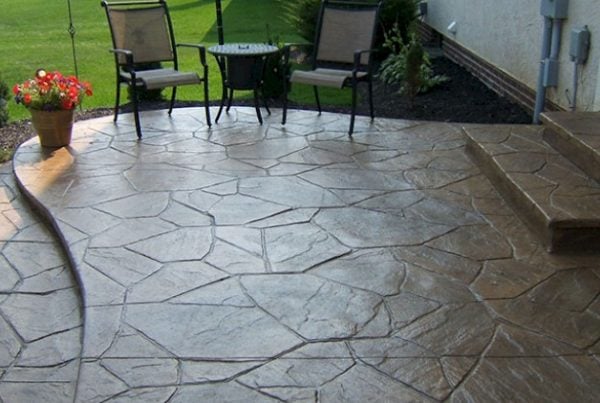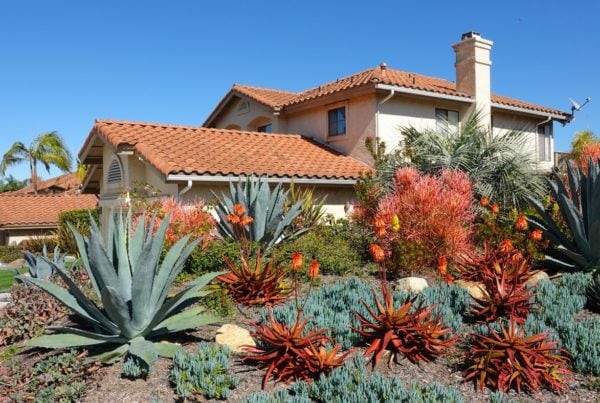A reimagined landscape can significantly elevate the look of a home. Here’s what you should consider before you begin your renovation project, whether you are interested in totally redesigning your landscape or simply want to make a few changes.
Plan for equipment access. To bring your vision into the real world, you will likely need powerful equipment that takes up a lot of space. Whether it’s mowers, stump grinders or other equipment used to build porches and patios, you need to anticipate access points in and around your yard. Plan for this in advance, so you won’t have to tear out some of your precious plantings.
Know what to leave to the pros. While some people think they can save money by redoing their lawns themselves, they often end up paying more when they get in over their heads. While you might be able to get away with doing a few minor DIY improvements; you will have a harder time realizing your ultimate vision. In the long run, you will usually be better off going with a professional service who can streamline the process and complete things according to your specifications.
If you do choose to try some landscaping renovations yourself, leave certain tasks to knowledgeable professionals, who have specialized skills that allow them to work safely without causing damage to your yard. This includes:
- Removing large shrubs and trees
- Demolishing elevated decks
- Tearing up expansive portions of a lawn
- Tearing down high or unstable retaining walls
If you decide to handle minor tasks yourself, bear in mind that you will need a plan for disposing of demolition debris, which won’t be accepted in your community’s curbside trash collection.

Know your yard. When it comes to planning a beautifully landscaped yard, you need to consider your regional climate, soil type and the topography of your site. Bear in mind that you may have to contend with varying microclimates based on the amount of sun and shade exposure each area receives. Microclimates are generally broken down into four categories: deep shape, shade, partial shade and full sun. Your yard’s topography is also an important consideration, especially where it relates to water drainage.
Consider current trends. While it’s great to tailor your landscaping according to your personal style; you should also consider specific regional trends when making your plans. These include:
- Using native plants when possible. This brings economic and environmental advantages since these plants are generally cheaper and require fewer resources to thrive.
- Choosing lower-maintenance landscaping. Unless you are an avid gardener or have money to hire a landscaping crew, it’s generally best to go with a low-maintenance design.
Stay in your lane. While it may be tempting to go overboard, it’s best to keep things neat, structured and relatively simple, especially if you have a smaller yard.
Choose a landscaper that will work with you. To make sure you get a landscaping design that reflects your unique vision and style, it’s important to choose the right landscaping team. Look for a provider that will sit down with you and have an in-depth discussion about what kinds of changes you are looking for. Ask if they will work with you to craft a landscape design that fits you and your site, whether it’s a lush landscape filled with native plants, a low-maintenance design with outdoor lighting, or paver patio regions interspersed with a bit of colorful greenery. You should also ask how the company will work to preserve all the landscape features you love while elevating the rest of your property to a whole new level.
Consider who will be using the yard. When planning your fresh landscaping design, it’s important to think about who will be using your yard and in what way they will be using it. Will children or pets have regular access to the area? Will you be using your yard for outdoor entertaining? Remember you can create varying spaces using strategic hardscapes and plantings. Walkways can be used to transition from one area to another without causing damage to plantings.
Think about maintenance. Will you be maintaining your yard yourself or hiring someone else to do it? Consider what your maintenance strategy and budget will be. Try to be as realistic as possible, so you don’t end up biting off more than you can chew. Think about how much time you will actually have to put into your landscape. Do you travel for work or have physical limitations that may make it difficult or impossible to regularly maintain your updated landscape? Discuss these potential issues with your landscaping company to ensure that you end up with a beautiful landscaping design you will be able to manage.





